| Plant Habit: | Cactus/Succulent |
| Life cycle: | Perennial |
| Sun Requirements: | Full Sun |
| Leaves: | Evergreen |
| Fruit: | Dehiscent |
| Flowers: | Showy |
| Suitable Locations: | Xeriscapic |
| Uses: | Will Naturalize |
| Resistances: | Deer Resistant |
| Toxicity: | Other: The juice from many species of agave can cause acute contact dermatitis that produces reddening and blistering lasting approximately one to two weeks. Itching may recur up to a year later without a visible rash. Dried parts of the plants can be handled sa |
| Propagation: Seeds: | Can handle transplanting Other info: Sow in shallow pots with a well draining, sterile mix; 50/50 organic/inorganic of coarse perlite, pumice; sphagnum peat or good compost. Avoid manures. Irrigate from below by submerging in water to 1/2 height of pot. Provide bright, indirect light and a |
| Propagation: Other methods: | Cuttings: Stem Offsets Other: Bulbils |
| Pollinators: | Moths and Butterflies Bees |
| Containers: | Needs excellent drainage in pots |
| Miscellaneous: | With thorns/spines/prickles/teeth Monocarpic |
| Conservation status: | Least Concern (LC) |


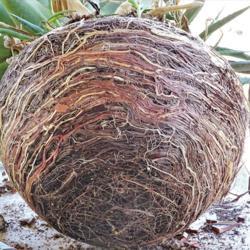
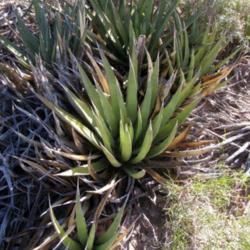



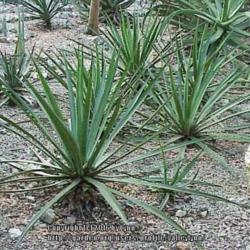
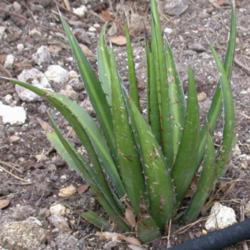

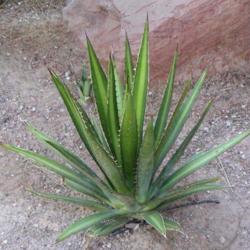
« Add a new plant to the database
» Search the Agaves Database: by characteristics or by cultivar name
« See the general plant entry for Agaves (Agave)